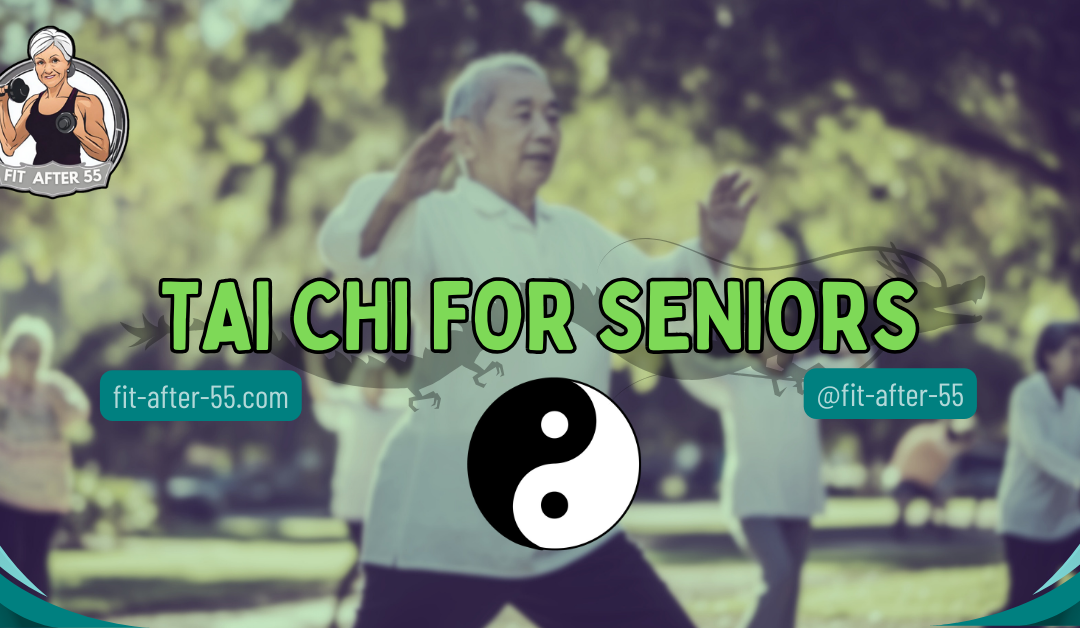Tai Chi For Seniors: Discover Your Inner Peace and Strength
Tai Chi might sound like something out of a kung fu movie, but trust us, it’s far from it. This ancient Chinese practice is all about slow, graceful movements and deep breathing. Think of it as meditation in motion. And guess what? It’s perfect for seniors! Let’s dive into how this gentle art can boost your health, balance, and overall well-being.
Tai Chi for Seniors: Discover the Gentle Art of Well-being
I’m going to kick things off by introducing you to Tai Chi, an ancient Chinese martial art that’s as graceful as it is beneficial, especially for seniors. Don’t worry too much about it being a ‘martial art’ — Tai Chi is all about gentle movements and deep breathing, making it perfect for all ages and fitness levels.
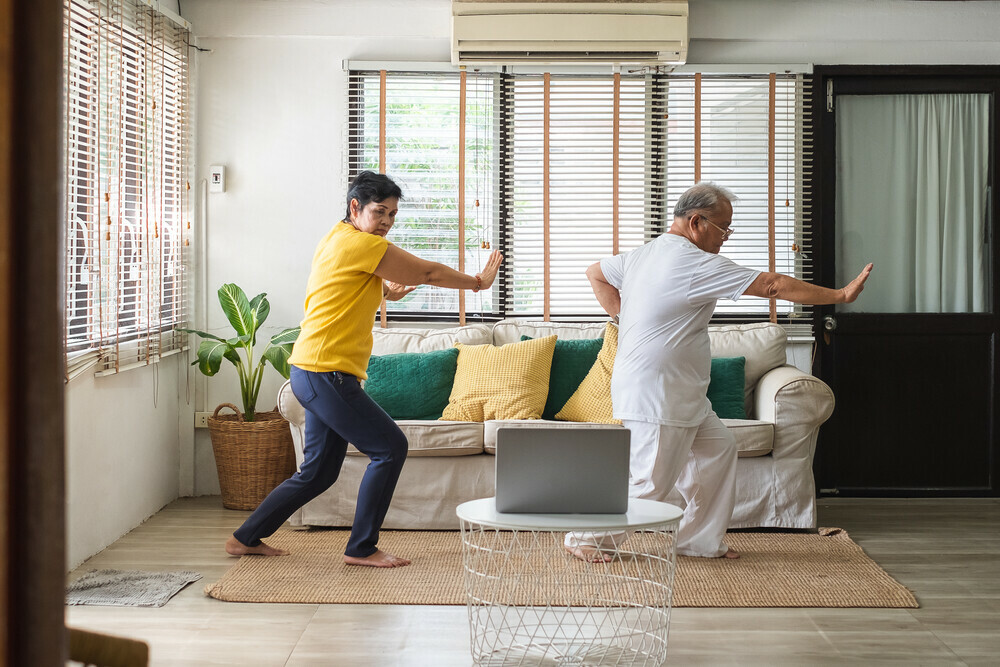
At its core, Tai Chi involves a series of movements performed in a slow, focused manner, paired with deep breathing. Now, you’re going to find out about the whirlwind of benefits this practice offers to seniors — from the obvious, like improved balance, to the not-so-obvious, like heightened cognitive function. That’s right, Tai Chi isn’t just good for the body; it also does wonders for the mind.
There’s a heap of research out there that tells us practicing Tai Chi can seriously cut down the risk of falls, which, let’s face it, is a big deal as we get older. But that’s just the tip of the iceberg. This practice can also lead to better sleep, more stamina, and less anxiety. And when I say ‘better sleep,’ I mean the kind that has you waking up refreshed and ready to go.
If you’re curious about how Tai Zhi can positively impact mental health, here’s the scoop. Regular practice is linked to stress reduction — picture the serenity of a calm lake — and an improved sense of well-being. Plus, it’s quite a social activity, which is a fantastic way to stay connected and ward off feelings of loneliness. It’s the full package, really.
Key Takeaways
- Tai Chi is an ancient Chinese practice that combines gentle movements with deep breathing, offering significant health benefits for seniors.
- It improves balance, flexibility, and reduces the risk of falls, while also promoting better sleep, stress reduction, and social connection.
- Tai Chi is adaptable for all fitness levels and can be easily incorporated into daily routines, even for beginners or those with limitations.
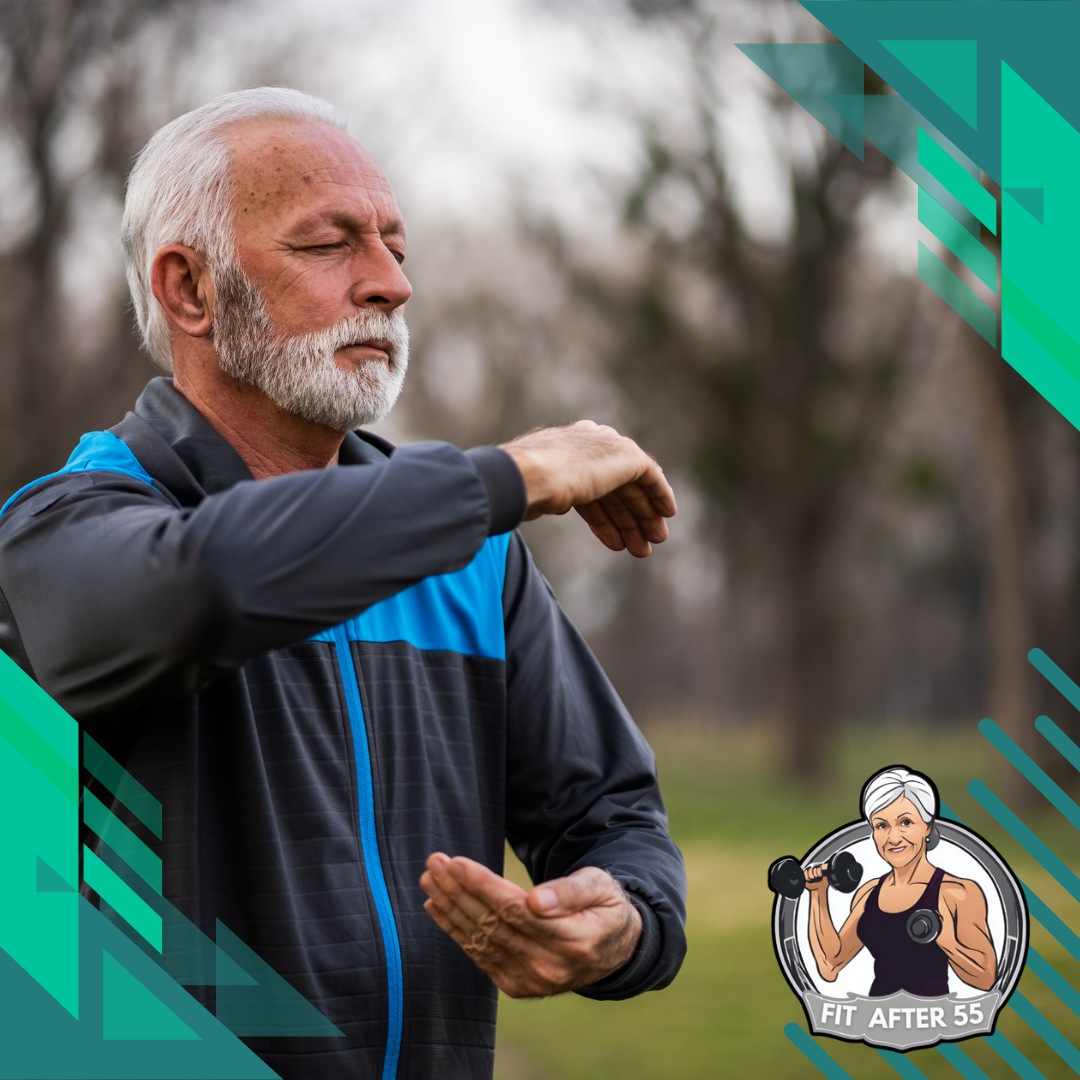
Choosing the Right Tai Chi Style for Seniors
You’re probably thinking, ‘Tai Chi looks great, but where do I start?’ The first step is choosing a Tai Chi style that suits your needs. Tai Chi has several styles, each with its unique flavor, though they all share the core principles of fluid motion and mindfulness.
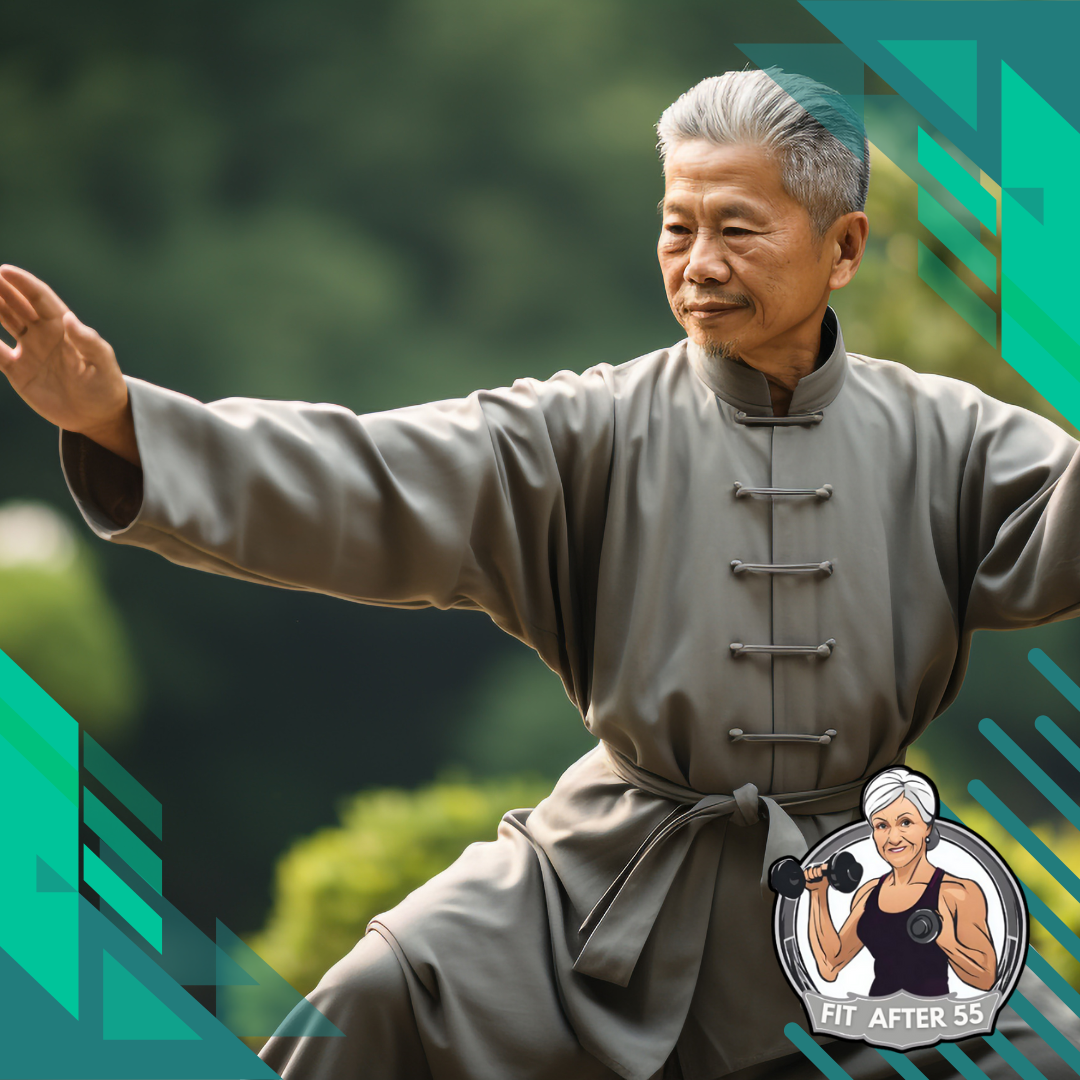
Choosing the Right Style
If you’re a senior looking into Tai Chi, consider the style’s pace, movements’ complexity, and how it fits with your physical capabilities. For example, the Yang style is widespread, with gentle, sweeping movements perfect for beginners. On the other hand, Wu style features more compact movements, which may be beneficial if you’re concerned about space or feel more comfortable with subtler actions.
Flexibility in Choices
Don’t worry too much about choosing ‘perfectly’. The beauty of Tai Chi is that it’s adaptable. What’s crucial is to start with a style that feels approachable. Many instructors and studios offer classes tailored to seniors, where you can also receive guidance on which style might be best for you.
Seeking Guidance
A chat with Tai Chi instructors who have experience with senior students can be immensely helpful. They can offer insights into how different styles might align with your health goals, whether you’re seeking stress reduction, improved mobility, or social connection.
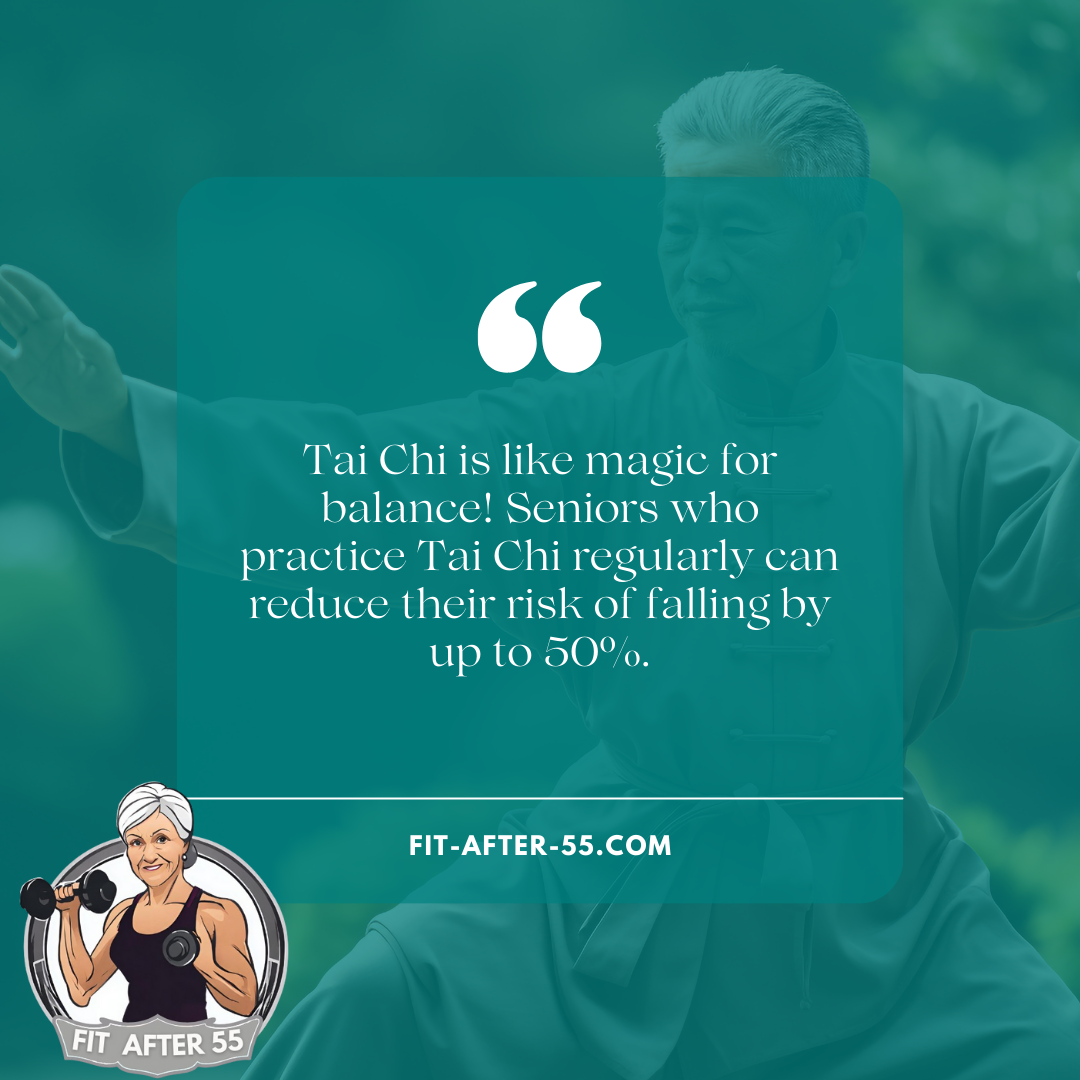
Absolute beginners might wonder about learning Tai Chi without any prior knowledge or fitness base. Good news: Tai Chi is incredibly inclusive and doesn’t require you to be an athlete to start. Just choose something that resonates with you, and take that first step. You can always adjust your approach down the road.
The Role of Tai Chi in Fall Prevention for the Elderly
I’m going to let you in on something important: Tai Chi is more than just a serene way to start the day; it’s a powerhouse when it comes to preventing falls. Falls are a leading cause of injury among seniors, and guess what? Tai Chi can help reduce that risk.
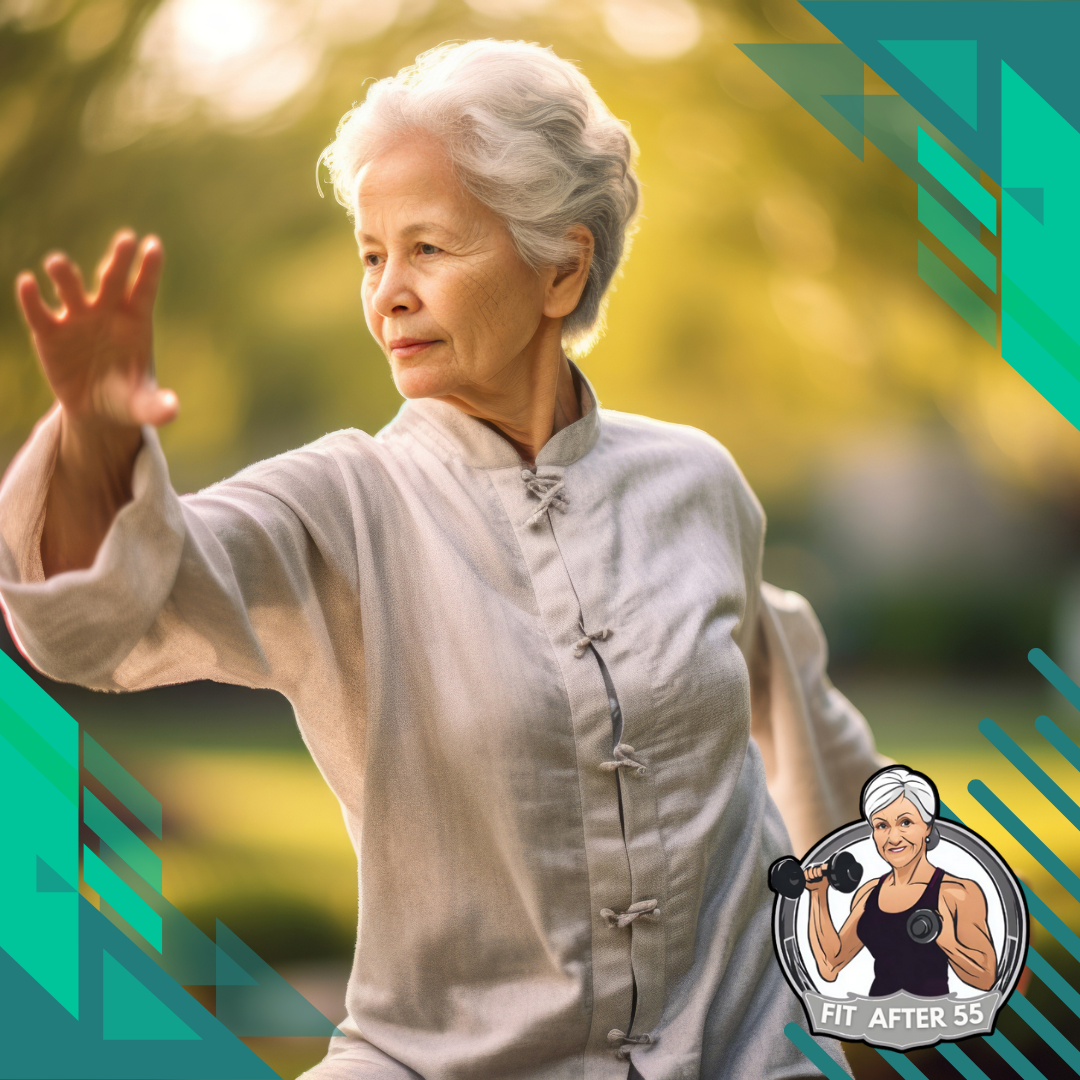
This isn’t just about slow movements; Tai Chi focuses on deliberate motion that enhances balance and coordination. The techniques require you to shift your weight gradually, strengthen your legs, and foster a mindfulness that keeps you grounded. And that’s the strategy I like to leverage to keep seniors steady on their feet.
You’re going to find out about the scientific evidence backing this up. Various studies have shown that Tai Chi can decrease the incidence of falls by improving balance and muscle strength. Researchers have continually found that seniors who practice Tai Chi regularly have a lower risk of taking a tumble.
In my opinion, the personal accounts are just as compelling. I’ve heard from seniors who’ve managed to improve their stability dramatically after incorporating Tai Chi into their lives. Their stories are not just inspiring; they provide practical insights into how Tai Chi translates to better balance in real-life situations.
So, if you want to keep active and independent as you age, Tai Chi could be your ticket. It’s a welcoming practice for all levels, and your first attempt doesn’t need to be your last. Adjust your approach down the road if necessary, choosing something that resonates with you.

Integrating Tai Chi into Daily Life for Lasting Health Benefits
You’re going to find out about practical ways to make Tai Chi a part of your everyday routine. It’s not just about the classes; it’s also about the little moments throughout your day. There’s an understated beauty in embedding Tai Chi’s fluid movements into your regular activities. Imagine turning mundane tasks like reaching for a top shelf or stepping out of bed into opportunities for gentle exercise.

Starting the Day with Tai Chi
Start with ‘Rising Sun’ stretches in the morning to awaken your body, or practice ‘Pushing the Waves’ while waiting for your coffee to brew. These incremental steps can have a cumulative effect on your well-being. Spread your practice throughout the day with a set of movements after meals or incorporate Tai Chi walking when moving around your home.
Building Consistency
Your consistency will be your greatest ally. Don’t worry too much about mastering complex sequences initially. Choose something that resonates with you, perhaps a particular move that you feel comfortable with, and build from there. Little by little, these movements will become second nature, enriching your daily life with their calming presence.

Real-Life Examples
I’ve heard from many who’ve seamlessly blended Tai Chi into their lives. One senior I know transformed his gardening into a meditative Tai Chi session, focusing on fluidity and breath with each movement. By weaving Tai Chi into the fabric of your day, you not only strengthen your body but also foster a mindful connection to the activities you enjoy.
As you keep integrating Tai Chi into your schedule, you’re going to anticipate the transitions to section 5 smoothly. Because with Tai Chi, every step is a flowing segue into the next, and that’s exactly how we’ll address the hurdles some seniors might face. Coming up, you’ll learn about overcoming challenges to make Tai Chi more accessible and how to adapt it to fit your unique needs, ensuring everyone can enjoy the rhythmic dance of Tai Chi, regardless of their starting point.
Overcoming Challenges: Making Tai Chi Accessible to All Seniors
I’m going to address a key issue that sometimes gets in the way of seniors looking to start Tai Chi: the perception that it might be too difficult, or not suitable for everyone. Let’s bust those myths and talk about how Tai Chi can be made accessible for all seniors, regardless of fitness level or physical limitations.
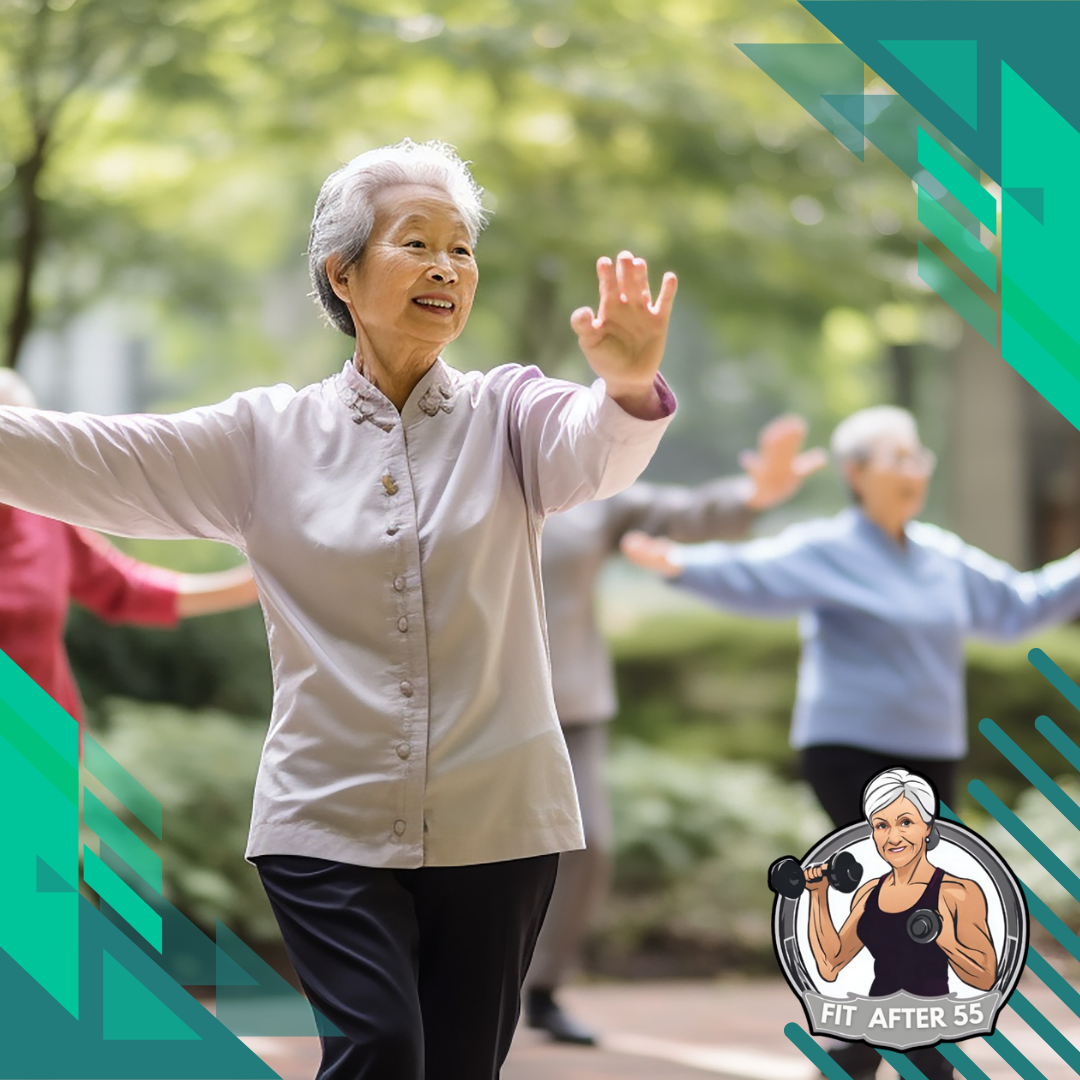
First, it’s important to understand Tai Chi is adaptable. There are modified poses and movements that cater to different abilities, ensuring everyone can participate. Don’t worry too much about your current physical condition; Tai Chi is a gentle way to start improving it.
For seniors facing specific challenges, such as limited mobility or chronic health conditions, certain strategies can make a big difference. Choose a class or program that emphasizes individual attention and adaptability. Qualified instructors can offer seated Tai Chi exercises or tailor movements to accommodate any restrictions you might have.
Accessibility also involves debunking myths. Despite what some may think, Tai Chi does not require special equipment or clothes, and it can be done just about anywhere – from the comfort of your living room to a local park. It’s all about what works best for you.
There are plenty of community resources available as well. Local community centres often provide classes specifically designed for seniors, and there may be organizations that offer programs catered to those with particular health conditions. You’re going to find out about these with a simple online search or by asking healthcare providers for recommendations.
In my opinion, the camaraderie that comes from group classes can be incredibly motivating. But when attending in person isn’t an option, there’s good news: Modern technology has brought Tai Chi classes to you, no matter where you are.
Navigating the Digital World: Tai Chi Instruction for Seniors Online
I’m going to show you some of the best ways for seniors to learn Tai Chi online. That’s going to include a rundown of recommended digital platforms and resources. Choose something that resonates with you, and don’t worry too much about technical savvy—you can always adjust your approach down the road.

You’re going to find out about various websites and apps that offer classes tailored to seniors. This includes companies such as SilverSneakers and Tai Chi for Health Institute, which provide accessible instructional videos and guided sessions.
I really hope that you also consider safety as a top priority. I’ll give you tips on making your practice space safe, understanding your physical limits, and what to do if you’re learning without direct supervision.
The social aspect shouldn’t be underestimated. Even online, community plays a big role. I’ll discuss how virtual meet-ups and social media groups can offer the kind of encouragement and accountability that keeps motivation high.
Your first attempt doesn’t need to be your last. There’s a lot of opportunity in the digital space to refine and grow your practice over time. Now, what does embracing online Tai Chi really mean for your health and well-being as a senior? That’s the next step we’ll explore in the conclusion of our article.
Tai Chi For Seniors: Your Path to a Brighter Golden Years
I’ve taken you through the why’s and how’s of integrating Tai Chi into the golden years, and hopefully, you’re seeing the picture: Tai Chi isn’t just a form of exercise; it’s a gateway to a more vibrant and balanced lifestyle for seniors.

If you’re considering embarking on this journey, remember that your first attempt doesn’t need to be your last. Tai Chi is forgiving and meant to be adapted to your pace and abilities. Don’t worry too much about getting everything perfect from the start. It’s about progress, not perfection.
You’re going to find out that the gentle, flowing movements of Tai Chi can be deceptively powerful in maintaining physical health, mental clarity, and emotional well-being. Choose something that resonates with you, whether it’s the quietude of the movements or the camaraderie of a community class.
And here’s a final nugget of advice: always be open to learning. As you continue your Tai Chi practice, you’ll undoubtedly face challenges, but each one is an opportunity to grow and evolve in your practice. Embrace those learning curves—they’re part of what makes the journey so rewarding.
I’d love to hear your feedback or stories of how Tai Chi has impacted your life or the life of a loved one. Your shared experiences enrich our understanding and appreciation of this ancient practice, making it even more relevant and beneficial today. So reach out, and let’s keep the conversation going.
Today, I did my best to explore the ancient world of Tai Chi and its modern-day applications for seniors. I really hope that I’ve provided valuable insights and ignited a spark in you to begin or deepen your Tai Chi practice. So go ahead, take that first step with confidence, and may your Tai Chi journey be as fulfilling as it is enlightening.
Frequently Asked Questions
Is Tai Chi suitable for seniors with limited mobility?
Yes, Tai Chi is highly adaptable and can be modified to suit all fitness levels, including those with limited mobility. Seated Tai Chi exercises are available to ensure everyone can participate comfortably.
How often should seniors practice Tai Chi to see benefits?
Practicing Tai Chi for about 20-30 minutes a few times a week can lead to noticeable improvements in balance, flexibility, and overall well-being. Consistency is key.
Can I learn Tai Chi online if I can't attend a class in person?
Absolutely! There are many online platforms and apps, such as SilverSneakers and the Tai Chi for Health Institute, that offer guided Tai Chi sessions tailored for seniors.
Ignite Your Golden Years
Discover a world of wellness and community at fit-after-55.com. Join our vibrant Facebook group (https://www.facebook.com/profile.php?id=61557390788711) to connect with like-minded individuals, explore expert-approved fitness routines, and unlock the secrets to a longer, healthier life. Let’s redefine aging together!

